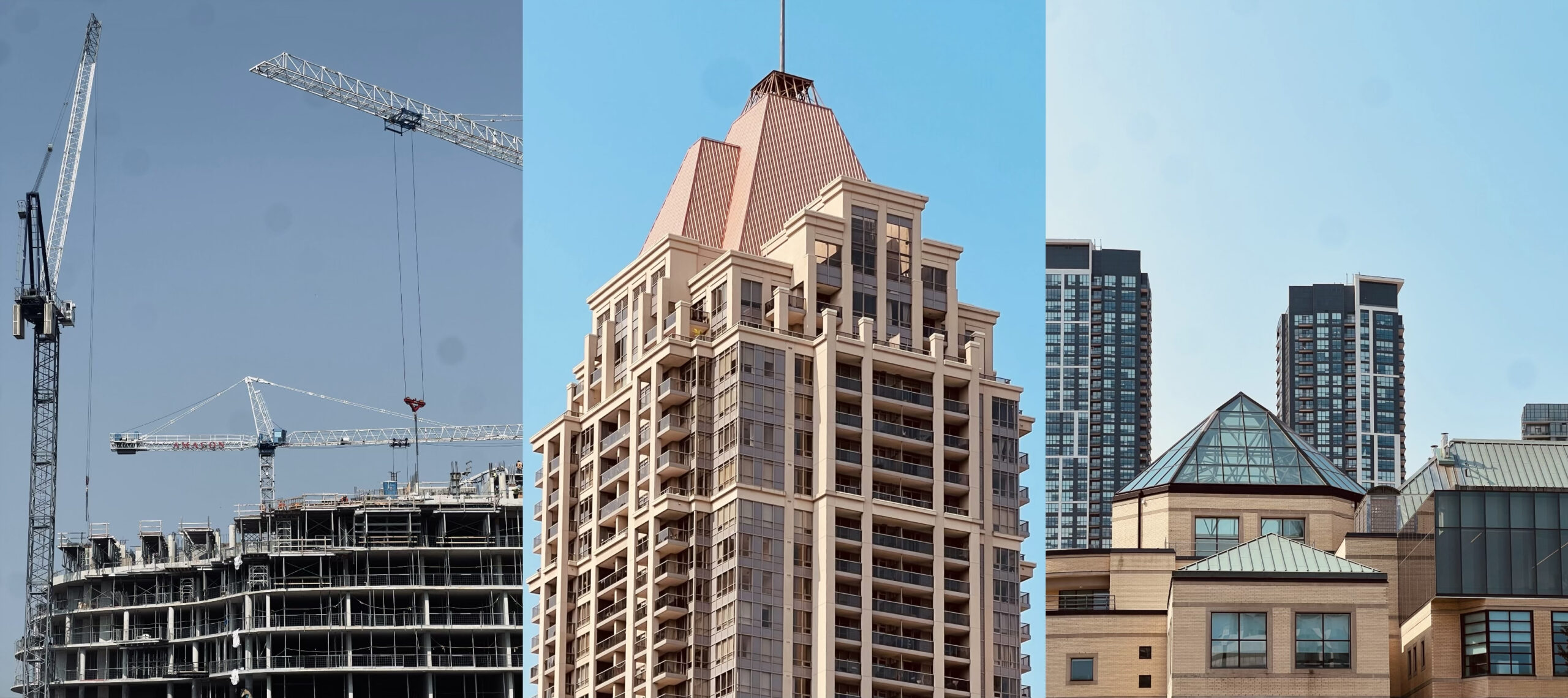Scenic ‘Sauga and its absent art
Destination-free leisurely walking revealed that Mississauga is ample in aesthetic potential, but scant in creative expression.
Walking around the city brings you to many sites of aesthetic potential. The everyday architecture of Mississauga’s urban landscape can be particularly sightly: a stack of chairs placed by a table could be a pseudo-postmodernist sculpture; an orange-painted stump of a now-removed tree could be an imaginative artform. Romanticizing the everyday helps us find beauty in the mundane, but does that make it art?
In my view, art cannot be merely aesthetic speculation but requires conscious intent. While beautiful natural forces are at work around Mississauga, it may be a stretch to say that the city encourages public artistic expression. Over the course of a two-hour long walk, I found only a mere handful of artworks, all within a small vicinity. The rest of the journey was rewarding in sights of beauty but completely devoid of any art.
I was surprised by the lack of “low arts” on my walk. Art historian Dr. Alan Gowans defines low art in the book, Art as an Early-Warning System by Erica Dodd and Ludgard De Decker, as “‘ideational art which perpetuate the values of society through symbols collectively inspired, anonymously executed, everywhere and immediately understood”. The only artworks I came across were explicitly commissioned or approved by the City of Mississauga, made by talented and, more significantly, credited individuals.
One such work was a set of metal sculptures of sitting birds. My immediate thoughts were that the city just really appreciates our avian friends to the point of commemoration. Only by reading up on the piece online was I made aware that it serves as “a reminder that the project of colonialism is not over, and that we are standing on the Traditional Land of the Mississaugas of the Credit.” What’s more intriguing is that this statement comes from the artist’s website, whereas the Arts and Culture site of the City of Mississauga merely comments on the piece’s relation to Indigeneity and the New Credit First Nation community without making reference to its decolonial content. This makes it seem as though these pieces were commissioned merely for optics: to give the illusion of inclusivity, without true progression.
Conversely, the public art banners made in celebration of Mississauga’s 50th anniversary are another commissioned piece. While visually phenomenal, the banners do not seem to enshrine deeper meaning. If art affords the opportunity to structure our attention and reflect upon the immediate community, what experiences are being afforded here when the city seems to focus more on visual quality than the concepts and ideas behind them? Given that street art has a mass reach and unlimited potential as means of communication, why not be more explicit in conscious content to afford a realization in the viewer that would otherwise not have been had?
Beyond the artworks themselves, another factor barring Mississauga from being an “art city” is its lack of walkability. As mentioned earlier, art is defined by intention, and intentionality requires an audience. Being a member of this audience, or even just appreciating beauty in the mundane, requires walkable infrastructure to make that journey possible. An hour in blistering heat, with no shade coverage and no rest-stops along the route, really took away from the ability to appreciate the beauty in things. Beautiful as it may be, Mississauga still has yet to make the strides towards being the Louvre among cities.

